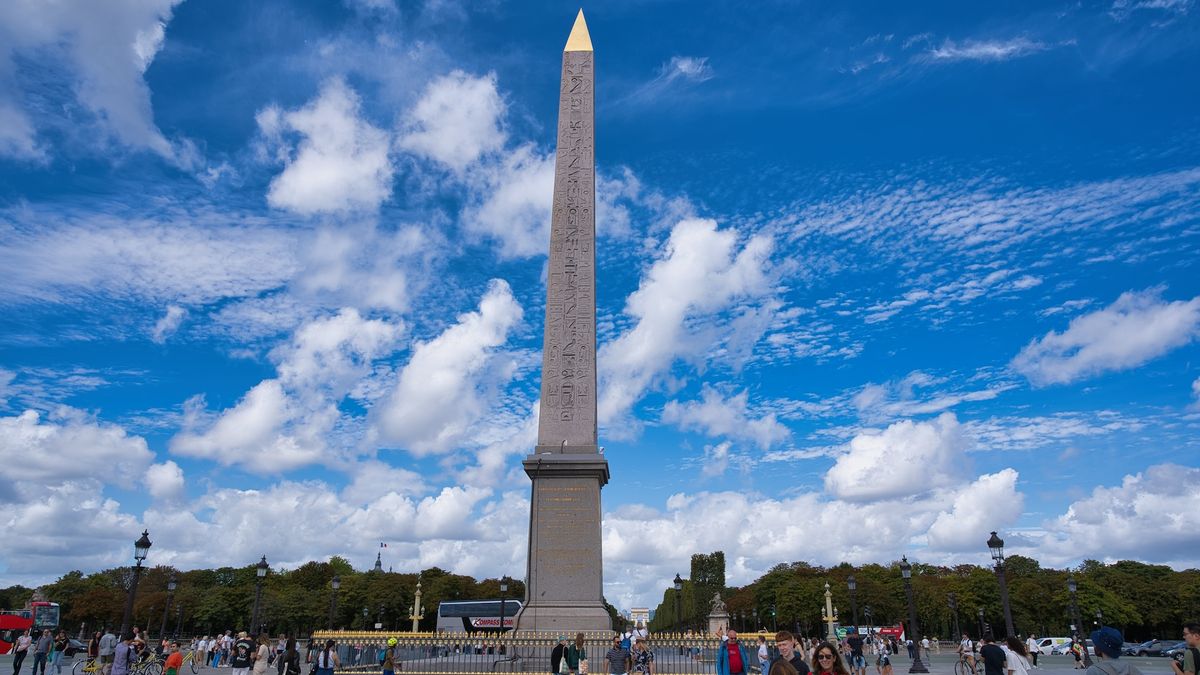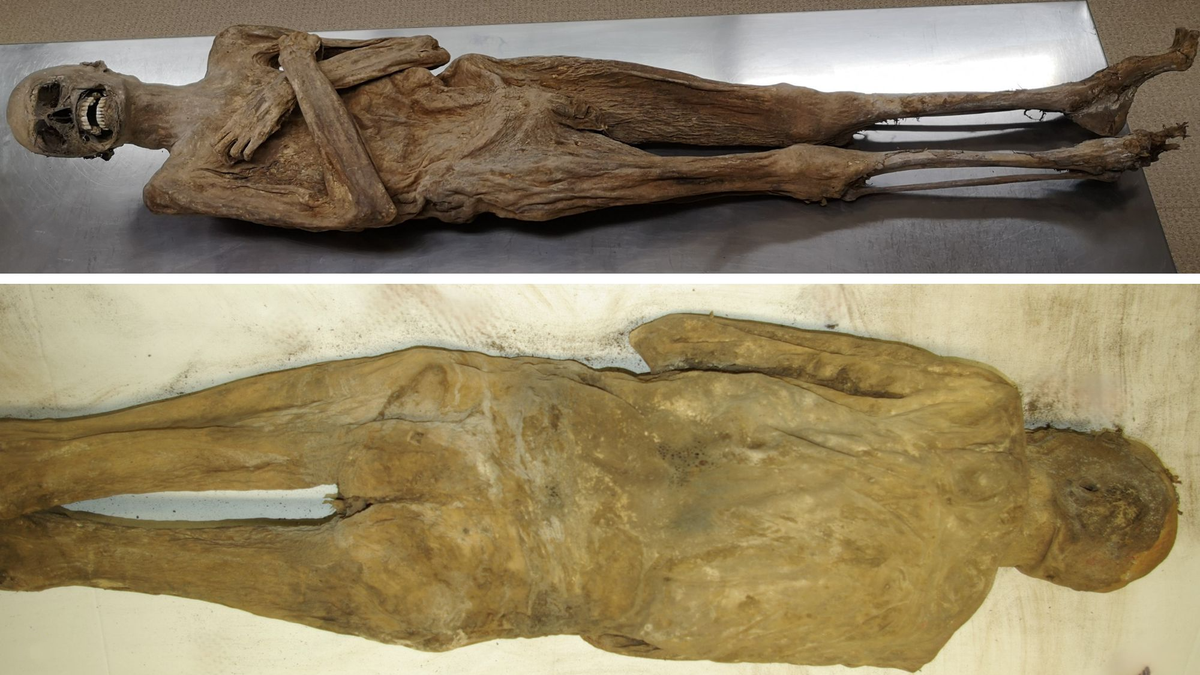Now Reading: Ancient Praise for Ramesses II Found on Paris Obelisk, Says Egyptologist
-
01
Ancient Praise for Ramesses II Found on Paris Obelisk, Says Egyptologist
Ancient Praise for Ramesses II Found on Paris Obelisk, Says Egyptologist

Quick Summary:
- An ancient Egyptian obelisk in Paris, originally built at Luxor Temple under Pharaoh Ramesses II (circa 1279-1213 B.C.), may contain hieroglyphic messages praising the pharaoh as divinely chosen.
- The obelisk is approximately 3,300 years old and presently located at Place de la Concorde after being gifted to France by the Ottoman Empire in the 1830s.
- Egyptologist Jean-Guillaume Olette-Pelletier studied hidden inscriptions on the obelisk during restoration work conducted in 2021. He believes these inscriptions were targeted toward Egypt’s literate elite and nobility.
- Key discoveries include:
– Inscriptions that proclaim Ramesses II’s divine essence and legitimacy to rule, visible from boats during Luxor’s Opet festival honoring the god Amun.
– Rows of hieroglyphs conveying different meanings based on reading orientation – such as spelling Ramesses II’s throne name or symbolizing eternal life.
– Imagery depicting Ramesses offering goods to Amun reinforces his role as ruler chosen by divine powers.
- Some scholars outside of this research urged caution in accepting these findings until peer-reviewed publication. Concerns include whether such high-level inscriptions could be adequately seen from a distance.
Indian Opinion Analysis:
The research highlights how ancient artifacts can act not only as historical records but also as tools of political propaganda tailored to reinforce power structures within societies. For India, which shares a rich heritage involving archaeological wonders like Harappan seals or Mauryan pillars bearing Ashokan edicts, this case showcases how nuanced studies can reveal social dynamics encoded within physical monuments. Such developments urge indian institutions responsible for heritage study and preservation-like ASI-to revisit local artifacts’ symbolic meanings with advanced lenses provided by modern archaeology.
Additionally, using cultural diplomacy akin to gifting artifacts-as seen with this obelisk-might inspire contemporary applications fostering international goodwill through sharing India’s historical wealth. Monitoring global scholarly discourse surrounding artifact interpretation enhances India’s ability to maintain rigor while engaging constructively in debates over ancient history interpretations worldwide.Read more
























